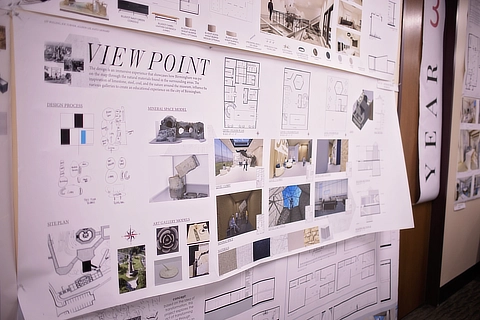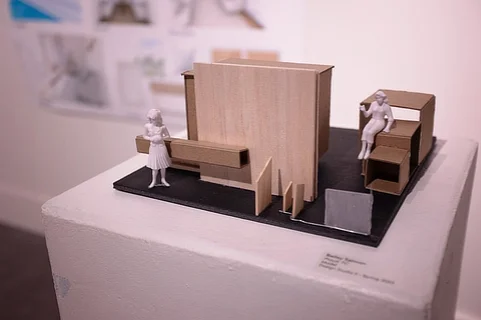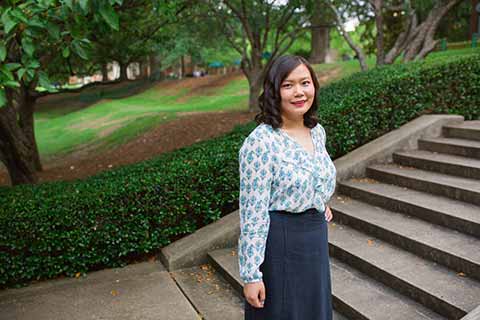Accelerated M.Arch Program - Fast-Track Your Architecture Career | Samford University

Architecture is science, technology, geography, typography, anthropology, sociology, art and history.—Renzo Piano, architect and designer
Studying architecture at Samford combines these elements and more.
Our students gain the tools to enter the architecture field with a desire to use their design skills to enhance the world around them. The new program combines a 4-year Bachelor of Science in Architecture with a one-year Master of Architecture, providing a more accelerated degree in preparation for a rewarding career in design, including architectural licensure.
Contact our arts recruiter at arts@samford.edu to learn more.
Is This Program for Me?
Are you a problem solver? Do you like to think critically and creatively? Do you want to protect the public’s health, safety and well-being? Do you want to create a more sustainable future through the built environment? Do you like to work collaboratively to make a difference? Are you interested in improving the lives of others in tangible ways?
If you want to shape the rapidly changing world around you using architecture and design, then this might be the right major for you.

“I started as an interior design major but switched to architecture when it became available at Samford.
“Samford’s program is more arts over math oriented, challenging me creatively in an atmosphere of healthy competition and growth through the art process. I really like the idea of being able to look and be inside a building that I created and to leave an impression on the world through my design.”
Carter Grice
First Accelerated Master of Architecture Cohort
What Makes Us Different?

Service
The architecture degree at Samford will encourage students to see the world differently and to use their talents to enhance the community around them. From service opportunities both locally and abroad, to awareness of the public good, students learn to improve the lives of others through a built environment.
Integrated Learning
Architecture at Samford has grown out of an already recognized and accredited professional program focused on interiors of the built environment. This connection allows students in our program to share in shaping the totality of buildings. Architecture and interior design students take certain design courses and studios jointly, work collaboratively on projects, and share in each program’s design education and resources. This unique integrated approach to design heightens student’s awareness of comprehensive design goals.
Professional Access and Development
Our faculty are design professionals with industry experience. Their mentorship combined with the support of a strong architecture and design community in Birmingham and surrounding areas provides unprecedented exposure and opportunity for Samford architecture students to interact with design professionals. These engagement opportunities exist in the form of guest lecturers, guest project reviews, adjunct professors; field trips to firms, businesses, and job sites; and result in internship and employment opportunities.
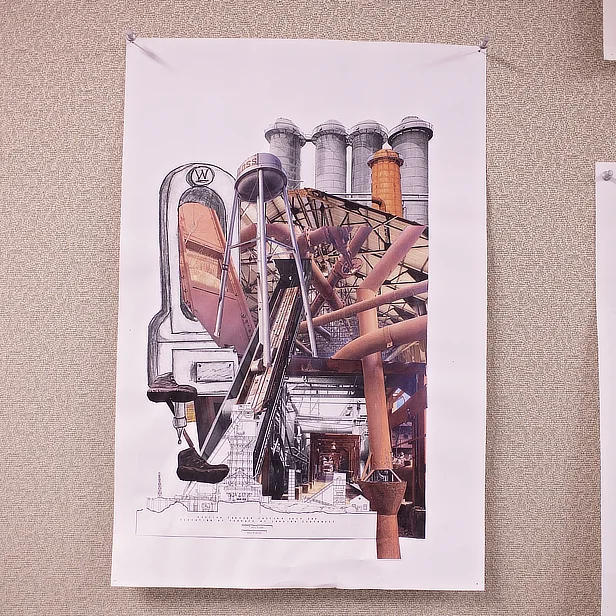
What Will I Learn?
As an architecture major at Samford you will explore the theoretical and practical fundamentals necessary to shape the built environment and protect the health, safety, and well-being of the public. You will develop the critical thinking skills to be creative problem solvers through challenging and enlightening experiences provided in the curriculum.
Courses Include
- design fundamentals and design principles across eight semesters of design studio courses
- building systems and sustainable design
- materials and methods used in design and construction
- structures
- design and digital communication
- architecture history & theory
- electives and special topics related to the architecture and design field
- professional business practices
- faith and profession
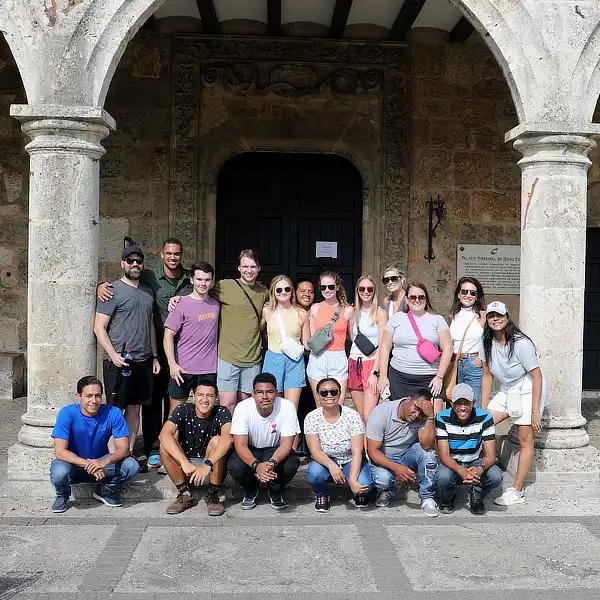
Experiences
Students will be encouraged to take advantage of travel opportunities to places like NYC, LA, Atlanta and Chicago, as well as international locations to learn and gain exposure to a wide variety of design studios, architecture styles, and professionals. The department has most recently partnered on several projects in the Dominican Republic and students have had the opportunity to travel there as part of their course of study.
Field trips and interaction with the local Birmingham design community are also integral to the course of study.

Professional Development
Birmingham is one of the leading design centers in the southeast, with many award- winning architecture and design firms. Samford has a great relationship with the local design community, including firms and product vendors, partnering with them for guest studio reviews, career panels, and many other student opportunities.
Through these partnerships, our students will gain hands-on experience. The architecture program requires an internship between the fourth and fifth year, providing real world understanding, and beginning the necessary experience required for architecture licensure. These internships can be done locally or anywhere in the US.

Career Preparation
Upon NAAB accreditation, the Master of Architecture will be a professional degree and fulfill the education requirement for architectural licensure in all US jurisdictions.
In addition to a career in architecture, a degree in architecture equips students for success in other design related fields, such as landscape architecture, urban planning, industrial designer, furniture designer, sustainable design consultant, facilities manager, and many others. The Master of Architecture is also considered a terminal degree in most institutions of higher learning which, in addition to professional practice, allows graduates to pursue a career in academia.
Accreditation
The new Samford University Architecture Program is currently seeking accreditation by the National Architectural Accrediting Board (NAAB). Initial accreditation is anticipated in Spring 2027.
NAAB Statement
In the United States, most registration boards require a degree from an accredited professional degree program as a prerequisite for licensure. The National Architectural Accrediting Board (NAAB), which is the sole agency authorized to accredit professional degree programs in architecture offered by institutions with U.S. regional accreditation, recognizes three types of degrees: the Bachelor of Architecture, the Master of Architecture, and the Doctor of Architecture. A program may be granted an eight-year term, an eight-year term with conditions, or a two-year term of continuing accreditation, or a three-year term of initial accreditation, depending on the extent of its conformance with established education standards. Doctor of Architecture and Master of Architecture degree programs may require a non-accredited undergraduate degree in architecture for admission. However, the non-accredited degree is not, by itself, recognized as an accredited degree.”
The NAAB grants candidacy status to new programs that have developed viable plans for achieving initial accreditation. Candidacy status indicates that a program expects to achieve initial accreditation within six years of achieving candidacy, if its plan is properly implemented.
In order to meet the education requirement, set forth by the National Council of Architectural Registration Boards, an applicant for an NCARB Certificate must hold a professional degree in architecture from a program accredited by the NAAB; the degree must have been awarded not more than two years prior to initial accreditation. However, meeting the education requirement for the NCARB Certificate may not be equivalent to meeting the education requirement for registration in a specific jurisdiction. Please contact NCARB for more information.
Samford University, Department of Architecture & Interior Design was granted candidacy status for the following professional degree program(s) in architecture: Master of Architecture (130 undergraduate credit hours + 38 graduate credit hours)
Year candidacy awarded: Initial Candidacy Spring 2023
Next visit: Continuation of Candidacy Fall 2024
Projected year to achieve initial accreditation: Spring 2027
Earliest graduation date projected to meet NCARB education requirement: Fall 2026
Cookie Preferences | Privacy Policy | Software Plugins
Microsoft Excel®
Microsoft Power Point®
Microsoft Word®
Adobe Portable Document Format




